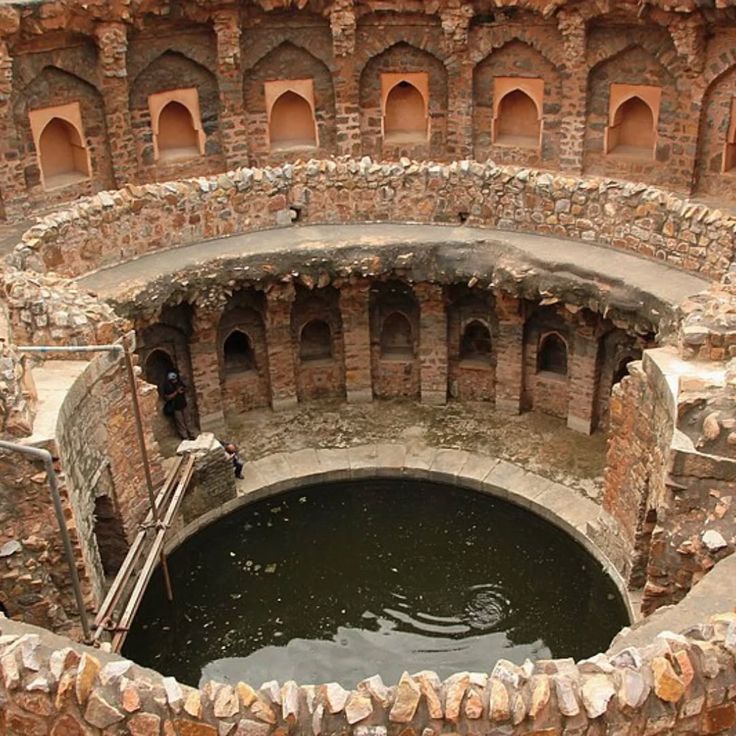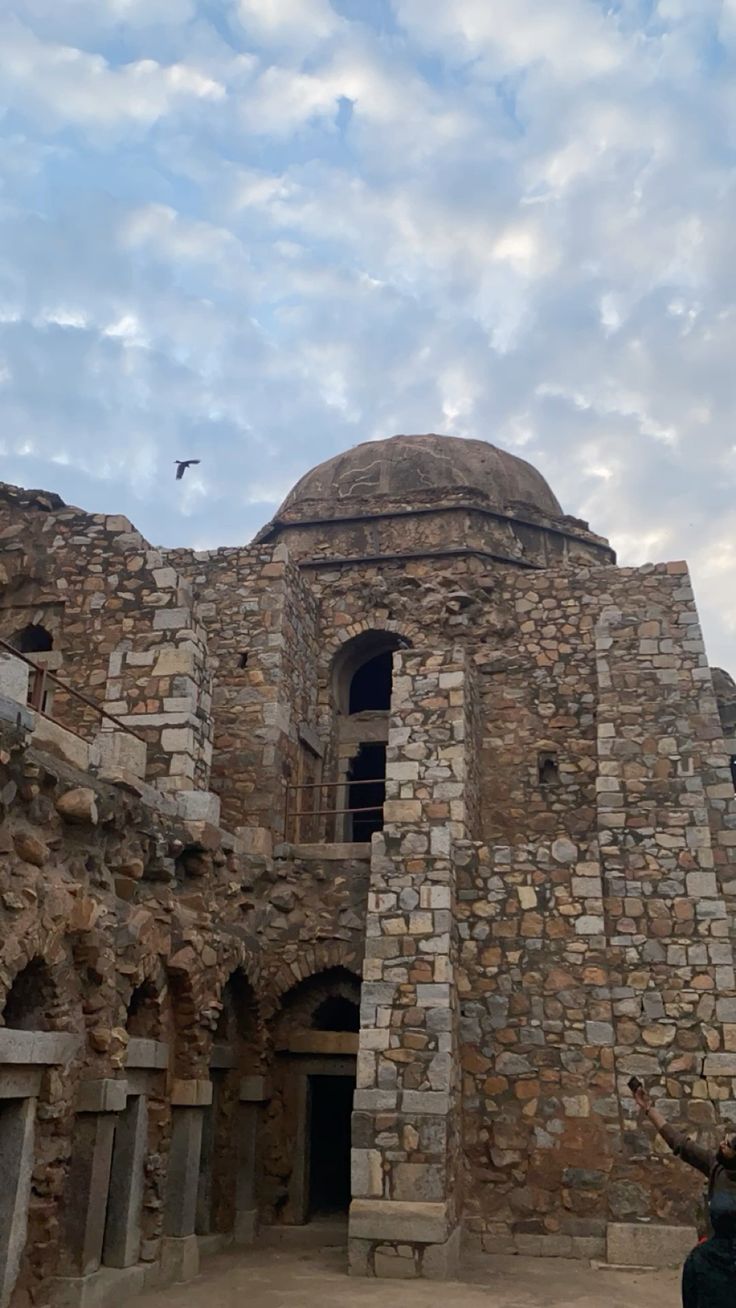Feroz Shah Kotla Fort: Delhi’s Forgotten Citadel of History, Djinns, and Secrets
Kotla Fort Where Djinns Dwell
A fort with secrets few dare to uncover is located in the bustling streets of Delhi, sandwiched between the chaos of modern life and the silence of forgotten history. It is called Feroz Shah Kotla Fort. This fortress, built in the 14th century, is more than just a decrepit remnant of the Tughlaq dynasty; it is also a strange intersection of myth, spirituality, history, and even the supernatural. Firoz Shah Kotla remains eerily silent even in the heart of India’s capital, as if time has respectfully stopped at its gates.
Who Constructed Feroz Shah Kotla?
Sultan Firoz Shah Tughlaq built Kotla Feroz Shah in 1354 to serve as the royal citadel of his new capital, Firozabad—one of Delhi’s seven historic cities. During his reign, the fort served as a palace, administrative hub, and seat of power. Unlike earlier rulers, Firoz Shah was not known for military conquests but for civic development, irrigation systems, and architecture.
One of his greatest feats was transporting a massive Ashokan Pillar from Topra (Ambala) to Delhi and erecting it in the center of the fort. This pillar remains the centerpiece of Shah Kotla even today.
The Ghostly Side of Kotla Fort
Feroz Shah Kotla Fort is not just another monument—it is a living legend. Every Thursday, the air here thickens with incense, whispered prayers, and handwritten letters nailed to walls and stuffed into cracks. These letters are not for people, but for un
In Islamic folklore, Djinns are supernatural beings who dwell in abandoned places. Believers say they are most active on Thursdays, which is why devotees flock to Kotla Feroz Shah that day to seek favors—lost love, business success, protection from enemies, or even solutions to legal troubles. Offerings like biryani, sweets, or milk are left for them.
Some devotees believe the chief Djinn here is Laat Wale Baba, the guardian of the Ashokan Pillar.
The Ashokan Pillar of Shah Kotla
The 13-meter sandstone Ashokan Pillar inside Kotla Fort was originally commissioned by Emperor Ashoka in the 3rd century BCE. Its Brahmi inscriptions preach dharma and non-violence.
But myths add another layer. Hindu Tantrikas claim the pillar is not just a relic, but an energy channel—a mystical “Yantra” predating Ashoka, with cosmic power. Some even whisper that a submerged Shiva lingam lies beneath the pillar, linking the site to Hindu worship long before the Tughlaqs.
Vanishing Figures & Paranormal Tales
The supernatural presence at Feroz Shah Kotla is not only folklore. Guards and visitors have reported voices echoing in empty halls, footsteps in abandoned passages, and fleeting shadows.
-
A night guard died of a heart attack after allegedly seeing a Djinn-like creature on the Ashokan Pillar.
-
Locals speak of a white woman appearing and vanishing mysteriously.
-
Cries of unseen children are often heard after dusk.
Secret Underground Chambers of Kotla Feroz Shah
Some historians believe Feroz Shah Kotla Fort is linked by tunnels to Tughlaqabad Fort. Though most passages are blocked, legends speak of underground chambers used for solitary confinement, occult rituals, or executions. Explorers have even claimed to find tantric and alchemical symbols etched into the stones.
Firozabad – The Lost Capital
The fort was once the heart of Firozabad, a thriving city filled with gardens, mosques, palaces, and markets. Today, only fragments survive:
-
Jami Masjid – one of Delhi’s oldest surviving mosques
-
Ashokan Pillar – still standing proud after centuries
-
Baoli (Stepwell) – now sealed, but once a water source
-
Cells & pavilions – believed to be homes for Djinns
Why Kotla Fort Is Still Ignored
Despite its layered past, Kotla Feroz Shah receives far fewer visitors than monuments like the Red Fort or Qutub Minar. Reasons include:
-
Lack of maintenance
-
Simpler architecture compared to grander sites
-
Its unsettling aura and ghostly reputation
Even locals warn against staying here after sunset. Yet, those who visit often return deeply moved—spiritually, emotionally, or mysteriously.
Should You Visit Shah Kotla?
Yes—if you carry respect. Whether you believe in Djinns or not, Feroz Shah Kotla Fort radiates an energy that feels different. Avoid mocking rituals or disturbing offerings.
And remember: if you go on a Thursday, someone may whisper—
“Be careful what you ask for. The Djinns might be listening.”
Conclusion
Feroz Shah Kotla Fort is more than a ruin. It is a blend of history, spirituality, and folklore where time seems suspended. Beneath its stones may lie ancient Hindu relics, while above, Djinns are believed to read letters and answer prayers.
Visit with humility, and you’ll experience not just a monument, but a living legend of Delhi.
Disclaimer
Kotla Fort, also known as Feroz Shah Kotla, is a historic landmark in Delhi. Many people believe Djinns reside here and offer prayers or letters to them. These practices are cultural and religious traditions, not scientifically proven facts. This article shares stories and beliefs to highlight the fort’s mystery, history, and cultural significance, not to promote superstition.



